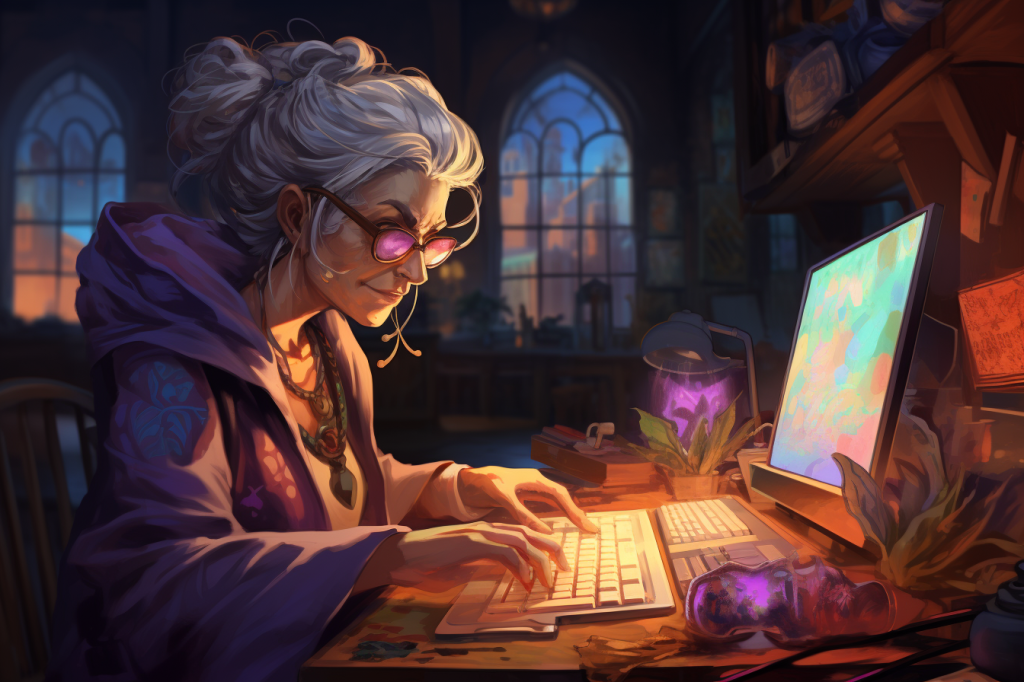Putting in edits: something most authors like… more than having their teeth drawn without anesthetic. It’s usually an amazing time to get massively unpleasant jobs done, because the alternative is putting in the edits.
Trust me, they are valuable, it must be done, and the only person who can do it properly is the author. The author needs to get themselves into a good head-space for this because we’re all stupidly defensive about our work. I have more practice than most, and I still struggle. I put in over 90% of all suggested corrections (sometimes changing the wording, sometimes expanding so my wording becomes clearer. This takes a fair amount of thought).
But this is copy edit. Enormously valuable, but structural edit is, well, priceless. I’ve done a little and been on the receiving end of quite a lot. It is actually something that particularly more experienced authors do a little of themselves, often with no idea they are doing it. Me too. It usually takes the form of ‘stuck’ or ‘writer’s block’ or ‘I hate this book.’ (a problem when it is YOUR book). This is the subconscious instinct of the story-teller. For me, anyway, it’s usually telling me it’s ‘gone soft in the middle’ (with apologies to Paul Simon) and ‘I don’t find this stuff amusing anymore.’
It’s telling you there is something wrong. Your milage may vary, but for me it is almost always a sign that I need a change of POV, possibly a change of scene. It usually means the story is starting to drag, because nothing much is moving it forward in the POV I working in. This gets really interesting when I have decided to write a book from a single first person POV. That was super-hard. (when you have been using the same dodge to get out of the soft middle for years, and suddenly I had to learn new tricks. I used flashbacks and a change of scene.)
Sometimes I jump ahead and backfill it, but it always means there is something wrong with the structure. In last book I actually had to take out a section, which was lovely writing, BUT took away the suspense of the rest of the novel. It’s hard to kill your own prose, but worth it at times.
Anyway, by next week I should be finished, and off to first readers… which, even after all these years I worry won’t like it.
Onwards. Nil desperandum.




7 responses to “Soft in the middle”
In one of my earlier novels, stopped by this sense of absolutely no forward story progress, I found myself in a situation I characterized as “wandering through the tepid swamp of niceness”.
Now, when that threatens, I notice the decay more quickly (I catch a whiff of the upcoming morass) and correct it in daily first drafts.
(At least, I hope I do…)
I can sometimes sense when something’s off (pacing doesn’t work, no gradual winding-down at the end of the story, a scene that slows the story without adding anything), but not always. Copy edits are sort of easy ish. Structure problems … I have a few things I’ve set aside because I can’t see what’s wrong, or I’ve hit a wall and don’t know how to go where next. They’re not abandoned, I’m just not good enough yet to fix whatever is wrong.
Sometimes, what an editorial suggestion really means is “I don’t understand what you’re trying to say here.” Editor may make suggestions but that doesn’t mean they’re right.
What Editor IS right about is “I don’t understand what you’re trying to say here. This isn’t working.”
Those are the ones I have to watch out for; the message behind the message.
I have one novel that this describes perfectly. It was going great, action was building, tension was rising, and then I hit the middle, and it went soft. I was bored out of my skull, flipping through pages to try to get ahead to where something happened again, and generally hating every word I’d written.
I eventually found help in simple, general advice that the middle was the place where the hero ought to start taking charge and directing the action a bit more, rather than just reacting to events. And that’s exactly what my hero wasn’t doing. He had been directing the action near the end of the first part, but in the second part, I yanked him out of his familiar world, put him in an entirely new circumstance, and left him with nothing to do but observe and react until he got his bearings again. And that was really boring, taking my formerly active hero, destroying his growth, and setting him back to square one.
I’ve completely rewritten the second half of that novel, trying to condense some of the characters, and be more careful about the scenes I show so that my hero’s attempts to figure out the new world seem more directed than they actually were. Whether that worked or not…I’ll see. That’s still aging, and at some point I need to go back and reread it and see if I react better this time.
Soft in the middle. Sometimes I have to cut loose from my loose outline structure and plot out the turning points. There should be one in the middle that rivals the inciting incident and the climax for drama. . . .
The middle is always my Waterloo (“Pray I’ll be Wellington, not Bonaparte!”) Mostly I end up thinking long and hard about what happens next.
Yep, the great swampy middle… gah…